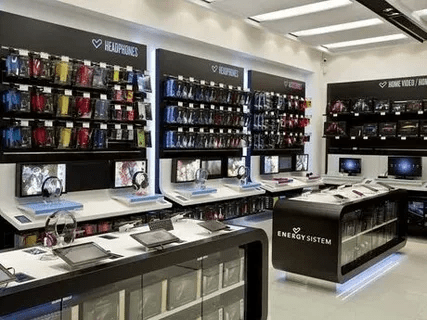Conducting regular employee engagement surveys is one of the most effective ways to understand employee needs, identify pain points, and implement meaningful improvements.
In this blog, we’ll explore the importance of employee satisfaction survey questions, the types of questions to include, and best practices for creating surveys that yield actionable insights.
What Is an Employee Engagement Survey?
An employee engagement survey is a tool designed to measure how employees feel about their work, team, leadership, and workplace environment. The insights help organizations:
- Pinpoint areas of improvement.
- Boost employee morale and retention.
- Align organizational goals with employee expectations.
Key Benefits of Employee Engagement Surveys
- Improved Productivity: Engaged employees are more likely to perform at their best.
- Retention of Top Talent: Insights help address issues that might lead to attrition.
- Stronger Workplace Culture: Surveys demonstrate that employee voices matter.
- Enhanced Innovation: Engaged teams contribute creative solutions to business challenges.
Types of Employee Engagement Survey Questions
- Work Environment Questions
These questions focus on the physical and emotional aspects of the workplace.
- Do you feel that your workplace environment supports your productivity?
- Is your workload manageable?
- Leadership and Management Questions
Evaluate the impact of leadership styles and team dynamics.
- Do you feel valued by your manager?
- Does leadership communicate company goals effectively?
- Role Clarity and Growth Questions
Assess how well employees understand their responsibilities and career growth opportunities.
- Do you clearly understand your role and responsibilities?
- Are there sufficient opportunities for professional development?
- Recognition and Rewards Questions
Gauge the effectiveness of the company’s recognition and reward systems.
- Do you feel appreciated for your work contributions?
- Is the reward system fair and transparent?
- Team Collaboration Questions
Focus on teamwork and interdepartmental relationships.
- Do you feel connected with your colleagues?
- Is there effective communication within your team?
- Overall Satisfaction Questions
General questions to understand the overall employee experience.
- Would you recommend this company as a great place to work?
- Are you satisfied with your current job role?
How to Craft Effective Survey Questions
- Be Clear and Concise: Avoid jargon or overly complex phrasing.
- Use a Mix of Open-Ended and Close-Ended Questions: Encourage honest feedback while collecting quantifiable data.
- Focus on Key Engagement Drivers: Address factors like leadership, recognition, and growth.
- Leverage Scaled Questions: Use Likert scales (e.g., 1–5) for measurable responses.
Best Practices for Conducting Surveys
- Ensure Anonymity: Guarantee confidentiality to encourage candid responses.
- Choose the Right Frequency: Conduct surveys biannually or quarterly to stay updated.
- Act on Feedback: Demonstrate commitment by implementing solutions based on survey results.
- Communicate Results: Share the survey findings and planned actions with employees.
Examples of Effective Employee Engagement Survey Questions
Work Environment
- Do you have access to the tools and resources needed to perform your job effectively?
- Does the company prioritize employee well-being?
Growth and Development
- Have you had opportunities to learn and grow in the past six months?
- Do you feel your skills are being utilized effectively?
Leadership
- How would you rate your manager’s ability to provide constructive feedback?
- Do you feel aligned with the company’s vision and goals?
Job Satisfaction
- Are you happy with the current work-life balance?
- Do you feel your contributions make an impact on the company’s success?
Interpreting Survey Results
Collecting data is only the first step. The key lies in interpreting and acting on the results:
- Identify Trends: Look for patterns across departments or demographics.
- Prioritize Issues: Address the most pressing concerns first.
- Involve Employees in Solutions: Engage employees in brainstorming sessions to solve challenges.
Conclusion
Employee engagement surveys are invaluable for understanding what drives and demotivates your team. By asking the right questions and acting on the feedback, organizations can foster a thriving workplace culture. A well-engaged workforce doesn’t just meet expectations—it exceeds them, driving success and innovation at every level.
Take the first step today: Create a survey that empowers your employees and transforms your organization.










































































































































































































































































































































































































































































































































































































































































































































































































































































































































































































































